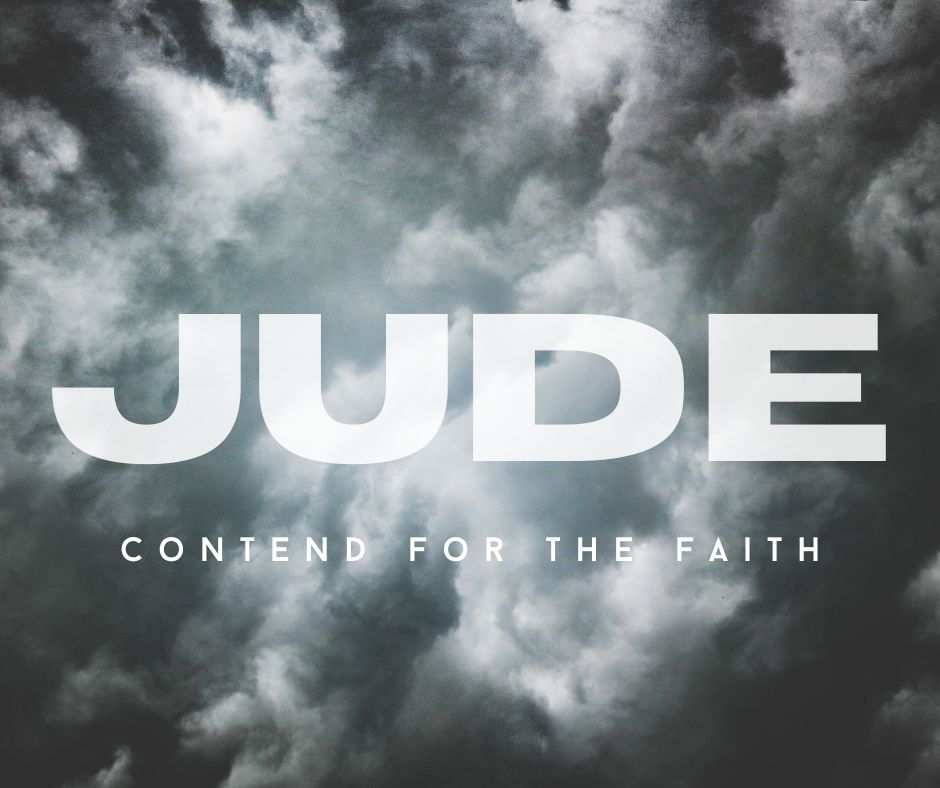Reversing the Wilderness
Within this section Mark is showing the beginning of Jesus earthly ministry as it is set within the region of Galilee (Mark 1:14-39). This passage Jesus goes into Capernaum, which is located on the north west side of the sea of Galilee, located in small territory of in the territory of Zebulun and Naphtali (Matt 4:13). Luke explains that Jesus was rejected at Nazareth and then moved to Capernaum (Luke 4:16-31). Matthew explains that Capernaum becomes his hometown (Matt 4:13, 9:1). Jesus was born in Bethlehem, from Nazareth but lived in Capernaum when his ministry began. Mark explains that Jesus went to the synagogue. Archeological digs have discovered a synagogue most likely this one described in the Gospel accounts. A synagogue was a local building that people gathered to hear the Old Testament readings from the scrolls. We live in a world where books are plentiful, manufacturing and shipping books can be done in bulk, at low cost. People also are able to read and write, about 99% of USA are literate. However, during the first century the literacy rate might have been 15-20%, and even if the literacy rate was 50%, the access to scrolls minimal, every town might have one scroll for the whole town. A man would stand before the congregation and read from the scroll and explain its meaning, this is where we get our model of church, which is repeated in the early church.
I. Teaching with Authority
Christ’s ministry of preaching is the central part of his ministry. We saw this last week with Christ began his ministry by proclaiming the Gospel of God (Mark 1:14). We will see this over the coming weeks, but we will be drawn to the signs and wonders. Christ comes and teaches in the Synagogue and the congregation were ‘astonished’, out of the 13 times this word is used in the New Testament most of them are in relation to Christ and his teaching. The root word in the Greek actually means to ‘strike,’ Christ’s teaching ‘hit them hard’ you could say. Jesus raises a man from the dead, yet they are stand in his amazement at his teaching. The reason for this amazement is because he taught as one who had authority, in comparison to the scribes. We know he has authority, Paul explains in Colossians 1:16, “For by him all things were created, in heaven and on earth, visible and invisible, whether thrones or dominions or rulers or authorities—all things were created through him and for him.” The crowd of people in that synagogue that sabbath day heard the teaching of the Son of God and they were in amazement.
The scribes were well educated people, they could read and write, they studied the scriptures and would know the middle letter of the Torah found in Leviticus 11:42 (Vav). The Hebrew word for scribes, sopherim, is related to counting, reckoning, and keeping written documents (Hence why they knew the middle letter). They were the people with the PhD’s on their walls, who used sophisticated language and able to compare the different Rabbinic Traditions and comment on the variances and nuances of the reading of the Torah, yet in comparison Jesus taught with authority. Christ stood up that day, opened the scroll and began teaching, it is not that his teaching was more relatable, or understandable. But he preached with authority and power. The Greek translation of the Old Testament uses the word ‘authority’, connected to supernatural powers and authorities, especially of God and God’s works through people, kings, priests, and saints. We need to understand Christ was not educated like the Scribes they were the ivy ledge of the times. Jesus was most likely a carpenter, but I would tend to think a boat builder more specifically. Yet he had authority in comparison to the Scribes, throughout Mark we will see the contrast between Christ and the Scribes.
II. Casting Out with Authority
The first suggestion is that within ‘their synagogue’ there is a man with an unclean spirit. Mark will later explain this as the ‘strong man principle.’ Mark 3:27, “But no one can enter a strong man’s house and plunder his goods, unless he first binds the strong man. Then indeed he may plunder his house.” Here within the Scribes ‘house’ they have a man with an unclean spirit. Our Western minds might try and explain this situation, the man had a mental illness or something else. We will be confronted with many things that we might not be able to explain empirically, however we will be confronted with a great issue if we seek to explain plain anything supernatural, especially when it comes to the resurrection. We need to understand that the world is not only what we see. But Paul explains that it is like Spiritual warfare. Now I believe we are looking at specific time in history, the final battle between the seed of the serpent and the seed of the woman or promise. We will spend more time on this as we walk through Mark.
We need to note that an unclean spirit says, “I Know who you are, the holy one of God.” The gospel of Mark asks the question who you say that Jesus is, and here we have an unclean spirit mentioning that Christ is the Holy One of God. Jesus has been anointed by the Holy Spirit and his Kingdom is established, here comes the ‘acid test’ of the reality of this. God the Father affirmed Christ as his beloved Son (Mark 1:11). In the Old Testament unclean is strongly connected to the idea of holiness, to be unclean was to be unholy. Even the unholy spirit affirms Christ is the Holy one of God. Jesus teaches with authority but he also shows his authority of the domain of darkness. With mere words he tells the spirit to be silent and come out of the man. The unclean spirit obeys. We might be able to cause events in our life to come to a particular outcome, eg we might tell our children to do a particular task, yet they might not obey. We then might be able to influence the situation to be able to get the outcome, but eventually would have to explain this is not obedience, we tell our children “delayed obedience, is disobedience.” We have authority over our children but not like this. Christ comes and he has authority that he commands the unclean spirits and they obey him. Again the crowd is amazed (different word from before) this word only appears three times in the NT (Mark 1:27, 10:24, 10:32).
The prophets would often have signs that would confirm their office of prophet. They were not traveling magicians touring the land performing tricks. Some people believe this is what Jesus did. The Gospel of Mark shows Jesus’ power in preaching. His preaching is accompanied with healing and casting out unclean spirits. The majority of these supernatural events happen in the first half of Mark. We see this pattern in the book of Acts, the apostles perform healings and casting out demons yet the important tenant that flows through the book of Acts is the preaching of the Word. We see this again when the people ask the question, “what is this? A new teaching with Authority!” They tie Christ’s exorcism with his teaching.
III. Healing with Authority
His fame begins to spread throughout the region of Galilee. He leaves the synagogue, and they go to Simon and Andrews House, still happening on the Sabbath (Mark 1:32). Close to the archeological finding of the synagogue in Capernaum they have found a house filled with Christian markings, which some have assumed is the house of Simon and Andrew. Some people have also suggested Jesus is living with them in this house. The next miracle does not seem so astonishing in comparison. Peter’s mother-in-law has a fever, it is no exorcism. Yet previously Christ has used his words showing his authority, however Jesus does not utter any words. He simply goes over and takes her by the hand and helps he up. And the fever left her. Christ’s touch heals Peter’s mother-in-law. Peter’s mother-in-law begins serving, a mark of a disciple (Mark 10:35-45). Christ does not utter any magic phrases or give her any medicine or advice. This miracle although less external glory still shows Christ’s authority. It also shows how Christ has come to not only defeat the seed of the serpent but also to reverse the curse. Sickness is a result of the fall, yet Christ comes to reverse the effects of the fall. He does so throughout his earthly ministry, yet everyone who was ever healed by Jesus still passed away. There will be a time when the curse is no more. Revelation 21:4, “He will wipe away every tear from their eyes, and death shall be no more, neither shall there be mourning, nor crying, nor pain anymore, for the former things have passed away.”
Conclusion
Christ is driven by compassion after the sabbath is over the whole town begin to gather at the door of Peter’s house. The talk of the town is the man who taught with authority, the man who cast out the unclean spirit and the man who healed Peter’s mother-in-law. The people start to bring the sick and oppressed by demons. Jesus heals and casts out ‘many’, this word is not some, but speaks of a great multitude, if not all who came knocking on Peter’s door. Christ is the one who serves the people (Mark 10:35-45). A servant comes in humility, which is one of the reasons he tells the demons not to speak. We will come back to this in our study, but we need to note at this point Christ only begins to explain what the son of Man came to do after Peter’s confession in chapter 8. Prior to this he tells people and demons to remain silent. One commentator sums up the servant motif very well:
“The Servant motif is assuredly a key to the question why God’s Son channels his authority and power in hiddenness. That which truly changes the human heart and ultimately compels one to recognize and follow Jesus can never come from coercion or a display of miraculous power. Jesus will have no allegiance exacted by amazement and astonishment. The faith of his disciples must be evoked through humility and ultimately through suffering. If one will not receive Jesus in this form, one will not receive Jesus in all his power and majesty.”[1]
[1] James R. Edwards, The Gospel according to Mark, The Pillar New Testament Commentary (Grand Rapids, MI; Leicester, England: Eerdmans; Apollos, 2002), 62.





